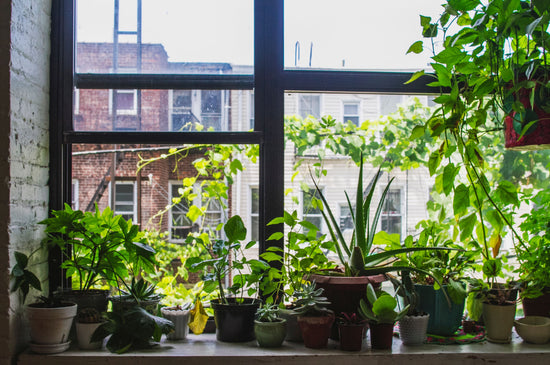Can Clematis Be Transplanted?
Clematis vines are among the most beloved flowering plants, with their spectacular clematis flowers adorning gardens and trellises. But what happens when your clematis plant outgrows its space or you need to move it to a better location? The good news is that clematis vine plants can be transplanted successfully with proper care and planning. Whether you're repositioning your clematis flower plant for better sunlight or improved soil conditions, following the correct steps ensures a smooth transition.

When Is the Best Time to Transplant Clematis Plants?
The ideal time to transplant clematis vines is during their dormant season, either in early spring before new growth begins or in the fall after flowering. Moving clematis plants during these periods minimizes stress and allows their roots to establish before extreme weather conditions set in.

Step-by-Step Guide to Transplanting Clematis
- Prepare the New Location: Choose a spot with well-draining soil and plenty of sunlight for the upper parts of the clematis vine. Ensure the soil is enriched with organic matter to support the plant’s growth.
- Dig Carefully Around the Plant: Use a spade to dig a wide circle around the clematis flower plant, preserving as much of the root ball as possible.
- Prune for Easier Handling: Cut back the clematis vine to about 12–18 inches to reduce transplant shock and make it easier to manage.
- Replant Immediately: Place the clematis plant in its new hole at the same depth it was growing before. Water thoroughly to settle the soil around the roots.
- Provide Support: Reattach the clematis vine to a trellis, stake, or other support structure to encourage upward growth.

Post-Transplant Care
After transplanting, water the clematis flower plant regularly to help it re-establish its root system. Mulch around the base to keep the roots cool and retain moisture. It may take a season or two for the clematis vine to fully recover and bloom as prolifically as before.
For a variety of clematis vines suited to every garden, explore our Clematis Collection today!
FAQ: Can Clematis Be Transplanted?
Q: How long does it take for a transplanted clematis plant to recover?
A: Clematis vines typically take one full growing season to recover fully and resume vigorous blooming.
Q: Can I transplant a clematis vine during summer?
A: Transplanting clematis in summer is not ideal due to the added stress of heat. If you must, ensure you water it deeply and provide extra shade.
Q: Do older clematis plants survive transplanting?
A: Yes, but older clematis plants have larger root systems, so you’ll need to be extra careful to preserve the roots during the move.





